Home>Interior Design>Small Living Room Decluttering Checklist: 10 Items To Throw Out
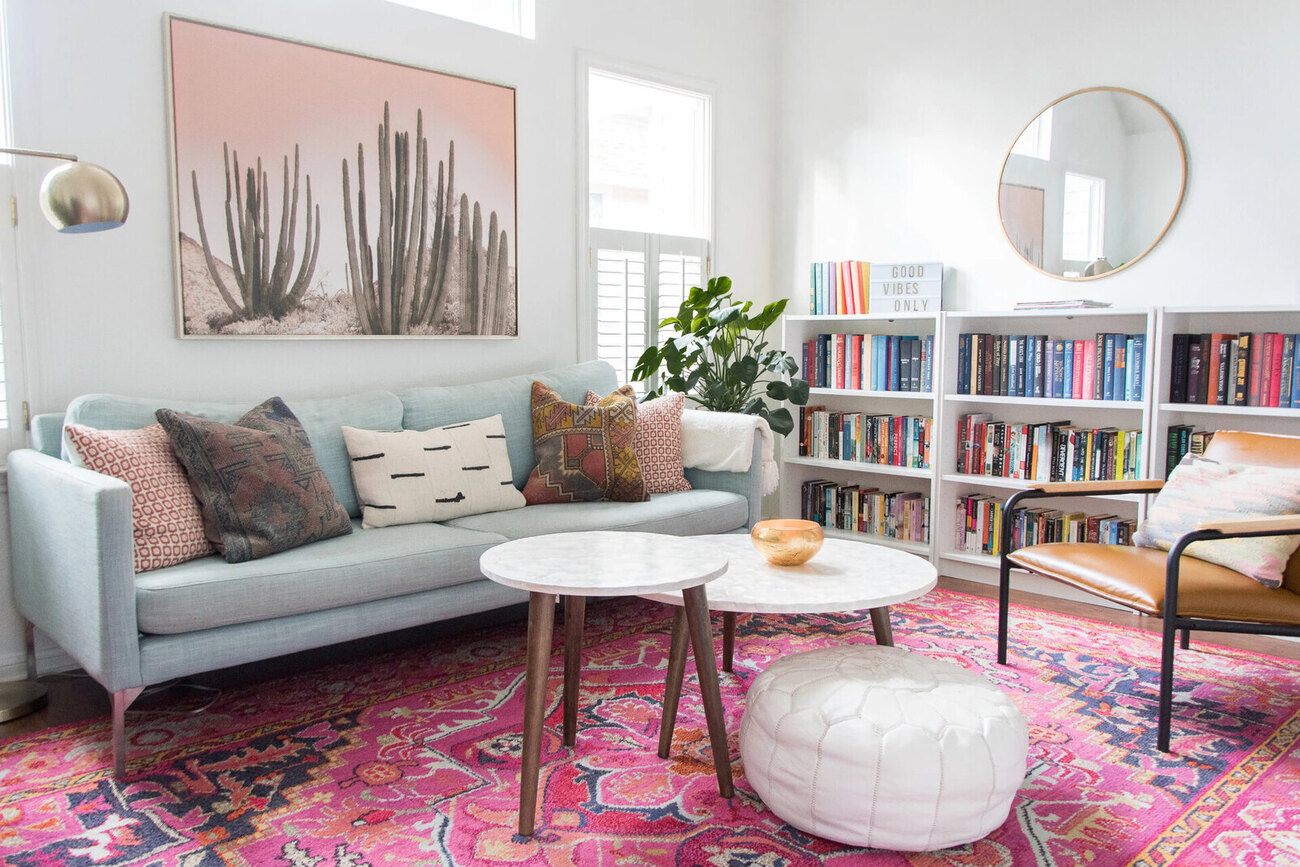

Interior Design
Small Living Room Decluttering Checklist: 10 Items To Throw Out
Modified: January 19, 2024
Declutter your small living room with this interior-design checklist. Throw out 10 items and create a more spacious and organized space.
(Many of the links in this article redirect to a specific reviewed product. Your purchase of these products through affiliate links helps to generate commission for Storables.com, at no extra cost. Learn more)
Introduction
Welcome to the small living room decluttering checklist! If you have a small living room, you understand the constant struggle of trying to keep it organized and clutter-free. It’s easy for things to accumulate and take up valuable space, making your living room feel cramped and overwhelming. But fear not, because we have a solution for you!
In this article, we will provide you with a checklist of 10 items that you can throw out to declutter your small living room. By getting rid of these unnecessary items, you’ll create more space, improve the overall functionality of your room, and create a more visually pleasing environment.
Before we dive into the checklist, it’s important to note that decluttering is not just about throwing things away. It’s also about organizing and finding proper storage solutions for the items you decide to keep. So, as you go through this checklist, keep in mind that organizing and finding a place for everything is just as important as getting rid of the excess.
Without further ado, let’s begin our small living room decluttering journey!
Key Takeaways:
- Decluttering your small living room involves letting go of items like old magazines, broken electronics, and excessive decorative items. By creating a more organized space, you’ll promote relaxation and functionality in your home.
- Regularly assessing and decluttering your living room is an ongoing process that requires proper storage solutions and staying true to your personal style. Transform your space into a sanctuary that brings joy and comfort to you and your family.
Item 1: Old Magazines and Newspapers
One of the most common items that tend to accumulate in living rooms are old magazines and newspapers. While they may seem harmless, holding onto them can quickly clutter up your space. Take a moment to assess the stack of magazines or newspapers that you have lying around.
Ask yourself: are these publications still relevant to your interests? Have you read them already or are they just collecting dust? If you find that you have a pile of unread or outdated magazines/newspapers, it’s time to let them go.
Recycle or donate these items to free up space in your living room. If there are certain articles or images that you want to keep, consider scanning or taking photos of them and storing them digitally. It’s a great way to preserve the content without taking up physical space.
Removing old magazines and newspapers from your living room will instantly make the space feel cleaner and more organized. Plus, you’ll have more room for other items or activities that bring you joy.
Remember, the goal is to create a living room that promotes relaxation and functionality. Removing cluttered items like old magazines and newspapers is a huge step in achieving that goal.
Item 2: Broken or Unused Electronics
In today’s digital age, it’s not uncommon for our living rooms to become a dumping ground for broken or unused electronics. From old smartphones to outdated gaming consoles, these items can take up valuable space and contribute to the overall clutter in your small living room.
Take a moment to assess the electronics in your living room. Are there any devices that are no longer functional or serve no purpose? These could be items such as broken TVs, old DVD players, or obsolete gaming accessories.
If you have broken electronics, consider recycling them responsibly. Many electronic stores and manufacturers offer recycling programs for these items. Check with your local recycling center for more information on how to dispose of broken electronics in an eco-friendly manner.
For unused electronics that are still in working condition, consider selling or donating them. Online platforms such as Craigslist, eBay, or Facebook Marketplace can help you find someone who may need or want the item. Donating to local charities or community centers is also a great option.
By removing broken or unused electronics from your living room, you’ll free up space for more essential and functional items. It will create a cleaner and more organized space, making your small living room feel more open and inviting.
Remember, the key is to only keep electronics that you actively use and that contribute to the functionality of your living room. Let go of anything that is broken, outdated, or simply taking up unnecessary space.
Item 3: Outdated or Damaged Furniture
Furniture plays a significant role in the overall look and feel of your living room. However, outdated or damaged furniture can quickly make your space feel cluttered and uninviting. It’s time to assess your current furniture pieces and identify those that no longer serve their purpose.
If you have furniture that is outdated or no longer matches your current interior design style, it’s time to consider replacing them. Look for pieces that are more in line with your aesthetic preference and that maximize the use of space in your small living room.
Additionally, inspect your furniture for any damage or wear and tear. Items such as broken chairs, wobbly tables, or torn upholstery should be addressed promptly. If repairs are not feasible or if the furniture is beyond repair, it’s best to let them go.
You have several options for disposing of outdated or damaged furniture. If the furniture is still in good condition, consider selling or donating it to someone who may have a use for it. Online platforms or local charities are excellent resources for finding new homes for your furniture.
For furniture that is beyond repair or in poor condition, contact your local waste management or recycling center to inquire about proper disposal methods. They can provide guidance on how to dispose of these items responsibly and in an environmentally friendly manner.
By removing outdated or damaged furniture from your small living room, you’ll create a more functional and visually appealing space. The right furniture pieces will maximize the use of your limited square footage and enhance the overall atmosphere of your living room.
Remember, quality over quantity is key in a small living room. Choose furniture that serves a purpose, complements your style, and allows for optimal flow and organization within the space.
Item 4: Excessive Throw Pillows or Blankets
Throw pillows and blankets are commonly used in living rooms to add comfort and style. However, it’s easy for these cozy accessories to accumulate and take up valuable space in a small living room. It’s time to take a closer look at your collection of throw pillows and blankets and determine if you have an excess.
Start by assessing the number of throw pillows you have on your couch or chairs. Are there more pillows than you actually use or need? If so, consider reducing the number to a more reasonable amount. Keep a few pillows that provide comfort and support, and store or donate the rest.
Similarly, examine your collection of blankets. Do you have more blankets than necessary? Are there any that you haven’t used in months or that no longer match your decor? If the answer is yes, it’s time to declutter. Keep a few blankets for those cozy evenings and let go of the rest.
Reducing the number of throw pillows and blankets in your small living room will not only free up space but also create a more streamlined and clean look. Additionally, it will allow you to focus on the quality and visual impact of the pillows and blankets that you do choose to keep.
Consider storing the extra throw pillows and blankets in a decorative storage basket or ottoman. This way, they’re still easily accessible when needed but not cluttering up your living room on a daily basis.
Remember, the purpose of throw pillows and blankets is to enhance comfort and style in your living room. By decluttering and keeping only what is necessary and visually appealing, you’ll create a more inviting and well-organized space.
Item 5: Unused or Expired Beauty Products
Many of us have a tendency to accumulate a plethora of beauty products over time, only to realize that we hardly use them or that they have expired. If you have a collection of unused or expired beauty products taking up space in your living room, it’s time to declutter and make room for what you actually use.
Start by gathering all your beauty products, including skincare items, makeup, hair products, and perfumes. Check the expiration dates on each item and discard anything that has expired. Using expired products can cause skin irritation or other adverse effects, so it’s crucial to prioritize your health and safety.
Next, assess the beauty products that you haven’t used in a while. Ask yourself why you haven’t reached for them and if you realistically see yourself using them in the future. If not, consider donating them to a friend or family member who may enjoy them or disposing of them properly.
When decluttering beauty products, it’s essential to consider the storage and organization of the items you decide to keep. Invest in small storage bins or drawer dividers to keep your products neatly organized. This way, you can easily find what you need without creating unnecessary clutter on your living room surfaces.
By removing unused or expired beauty products from your living room, you’ll create a more organized and visually pleasing space. You’ll have a clearer understanding of the products you enjoy and actually use, making your beauty routine more efficient and enjoyable.
Remember, it’s better to have a curated collection of beauty products that you love rather than hoarding a plethora of items that go unused. Keep your living room free from unnecessary clutter and prioritize what truly brings you joy and enhances your daily self-care routine.
When decluttering a small living room, consider throwing out old magazines, broken or unused decor, duplicate items, expired electronics, and worn-out furniture.
Item 6: Duplicate or Unused Kitchen Utensils
The kitchen is often a hub of activity in any home, and it’s not uncommon for kitchen utensils to accumulate over time. However, having duplicate or unused utensils can clutter your living room, especially if you don’t have adequate kitchen storage. Let’s tackle this issue and free up some space!
Start by going through your collection of kitchen utensils. Are there any duplicates? Items such as spatulas, whisks, or serving spoons may easily get duplicated without us even realizing it. Choose the utensils that are in the best condition or most frequently used and consider donating or giving away the duplicates.
Next, identify any kitchen utensils that you rarely or never use. Consider if these items serve a purpose in your cooking routine. If they don’t, it’s time to declutter. You may donate them to a friend, family member, or a local charity.
If you have unused utensils that you still want to keep but don’t have the space for in your living room, consider investing in kitchen storage solutions. Hanging racks, drawer dividers, or countertop organizers can help you keep your utensils neatly organized without cluttering your living room surfaces.
By decluttering your living room from duplicate or unused kitchen utensils, you’ll create a more streamlined and organized space. It will be easier to find the utensils you need and simplify your cooking process, ultimately making your small living room feel more spacious and efficient.
Remember, a well-organized kitchen translates to a more clutter-free and enjoyable living room. Keep the utensils that you love and use regularly, and let go of the unnecessary duplicates or items that no longer serve a purpose in your cooking routine.
Item 7: Unread Books or Unwanted DVDs
Books and DVDs can bring joy and entertainment to our lives, but accumulating unread books or unwanted DVDs can quickly clutter up your small living room. It’s time to assess your collection and make space for the ones you truly enjoy.
Begin by examining your bookshelf and identifying books that you haven’t read yet. It’s easy to accumulate a stack of unread books with the intention of getting to them eventually. However, if it’s been months or years without touching these books, it might be time to let them go.
Consider donating your unread books to a local library, school, or charity. You can also organize a book swap with friends or family to share and exchange books that you no longer want to keep.
Similarly, take a look at your DVD collection. Are there movies or TV series that you no longer have an interest in watching? Are there duplicates? Identify the unwanted DVDs and consider selling or donating them. Online marketplaces or second-hand stores are great options to find new homes for your unwanted DVDs.
When it comes to organizing your books and DVDs, consider utilizing vertical storage solutions to save space. Bookshelves, media cabinets, or wall-mounted shelves can help keep your collection organized and easily accessible without cluttering your living room.
By decluttering unread books and unwanted DVDs from your living room, you’ll create a more organized and visually appealing space. You’ll be left with a collection of items that you truly enjoy and can fully appreciate, making your living room a more inviting and relaxing environment.
Remember, it’s better to have a curated collection of books and DVDs that resonate with you rather than hoarding items that go unread or unwatched. Choose the ones that bring you joy and pass along the rest to someone who will appreciate them.
Item 8: Outgrown or Unused Children’s Toys
If you have children, you’re probably familiar with the abundance of toys that can quickly accumulate in your living room. As children grow older, they outgrow toys or lose interest in them, leaving you with a collection of unused items. It’s time to declutter and create a more organized space!
Start by gathering all the children’s toys in your living room and sorting them into categories. Separate the toys that your children have outgrown or no longer play with from the ones they still enjoy. This will help you identify which items can be removed.
Consider donating outgrown or unused toys to local charities, schools, or daycare centers. Many organizations are in constant need of toys for children in need. You can also involve your children in the process by teaching them the importance of giving and helping others.
If you have sentimental attachment to certain toys or plan on keeping them for future children or grandchildren, consider investing in storage solutions. Choose bins, baskets, or shelves that can easily be tucked away to keep the toys organized and out of sight in your living room.
By decluttering outgrown or unused children’s toys, you’ll create a more spacious and visually pleasing living room. It will be easier to keep the remaining toys organized and accessible, allowing your children to fully enjoy the ones they love without the overwhelm of too many options.
Remember, it’s important to regularly assess the toys in your living room and let go of the ones that no longer serve a purpose. Creating a clutter-free space will not only benefit your living room’s appearance but also promote a sense of calm and order for both you and your children.
Item 9: Unused Exercise Equipment
Unused exercise equipment is a common sight in many living rooms. From treadmills to stationary bikes, these bulky items can take up valuable space and become an eyesore if they’re not being used regularly. It’s time to assess your exercise equipment and declutter your living room.
Begin by evaluating the exercise equipment that you haven’t used in a while. Consider whether it’s because you no longer enjoy that particular form of exercise or if it simply doesn’t fit into your current lifestyle. If the equipment has been gathering dust and going unused, it’s time to let it go.
Selling or donating your unused exercise equipment can be a great way to free up space and potentially help someone else on their fitness journey. Online marketplaces, local gym facilities, or community centers may be interested in purchasing or accepting donations of exercise equipment.
If there are exercise equipment pieces that you still want to keep but don’t want them cluttering your living room, consider finding other storage solutions. Look for dedicated exercise areas in your home, such as a garage or spare room, where you can keep the equipment out of sight when not in use.
Remember that the goal is to create a living room space that promotes relaxation and functionality. By removing unused exercise equipment, you’ll free up valuable space, improve the visual appeal of your living room, and create a more organized and inviting environment.
Consider alternative forms of exercise that require minimal equipment or use your living room space more effectively. It could be as simple as incorporating bodyweight exercises, yoga, or pilates into your routine, which require little to no equipment and can be done in the comfort of your living room.
Remember, you don’t need to sacrifice your fitness goals or clutter up your living room with unused exercise equipment. Streamline your workout routine and find alternative ways to stay active that align with your lifestyle and space constraints.
Item 10: Excessive Decorative Items or Knick-Knacks
Decorative items and knick-knacks can add personality and charm to a living room, but when they become excessive, they can quickly clutter your space and overwhelm the visual appeal. It’s time to evaluate your collection of decorative items and create a more streamlined and visually pleasing living room.
Start by taking a look at the various decorative items and knick-knacks in your living room. Do you have an abundance of small figurines, trinkets, or souvenirs that are crowding surfaces and shelves? Assess each item and consider if it truly brings you joy or adds value to the room’s aesthetic.
It’s important to strike a balance between having enough decorative items to create visual interest and not overwhelming your space with clutter. Choose a few key pieces that hold sentimental value or perfectly complement your decor style, and consider removing or storing the ones that don’t serve a purpose.
One effective way to declutter excessive decorative items is to create themed displays or vignettes with a cohesive design. Group similar items together, such as candles, vases, or framed photos, to create a more organized and intentional arrangement. This approach can bring focus and visual harmony to your living room.
Consider donating or gifting excess decorative items to friends, family, or local charities. Someone might cherish and appreciate these items more than you do, and you’ll create a more welcoming and clutter-free living room as a result.
Remember, less can sometimes be more when it comes to decorative items and knick-knacks. By removing excess clutter, you’ll create a more open and visually appealing space where the remaining items can truly shine.
When choosing decorative items for your living room, opt for quality over quantity. Select items that have a meaningful connection to you or reflect your personal style, and ensure that they contribute positively to the overall aesthetic and ambiance of your living room.
Creating a well-curated collection of decorative items will not only declutter your living room but also make it a more inviting and visually satisfying space where you can relax and enjoy time with your loved ones.
Conclusion
Congratulations on completing the small living room decluttering checklist! By following these steps and removing unnecessary items from your living room, you have taken a significant step towards creating a more organized, functional, and visually pleasing space.
Throughout this process, we’ve tackled various items that tend to accumulate in living rooms, such as old magazines, broken electronics, outdated furniture, excessive throw pillows, unused beauty products, duplicate kitchen utensils, unread books, outgrown toys, unused exercise equipment, and excessive decorative items. By letting go of these items, you have freed up valuable space and reduced visual clutter.
Remember, decluttering is not a one-time event but an ongoing process. Regularly assess your living room and continue to let go of items that no longer serve a purpose or bring you joy. By keeping your living room free from unnecessary clutter, you’ll create a space that is conducive to relaxation, functionality, and an overall sense of peace.
In addition to decluttering, it’s important to consider proper storage solutions and organization techniques to maintain an organized living room. Utilize shelves, bins, baskets, and other storage options to keep items neatly organized and easily accessible. This will prevent future accumulation of clutter and make it easier to maintain a tidy living room.
Lastly, as you continue to enhance the functionality and aesthetic appeal of your living room, don’t forget to prioritize your own personal style and preferences. Choose furniture, decor, and items that truly resonate with you and create a space that reflects your unique personality.
By incorporating these decluttering techniques and staying true to your personal style, you’ll transform your small living room into a sanctuary that brings joy, relaxation, and comfort to you and your family.
So go ahead, declutter, organize, and create a living room space that you can truly enjoy and be proud of!
Frequently Asked Questions about Small Living Room Decluttering Checklist: 10 Items To Throw Out
Was this page helpful?
At Storables.com, we guarantee accurate and reliable information. Our content, validated by Expert Board Contributors, is crafted following stringent Editorial Policies. We're committed to providing you with well-researched, expert-backed insights for all your informational needs.
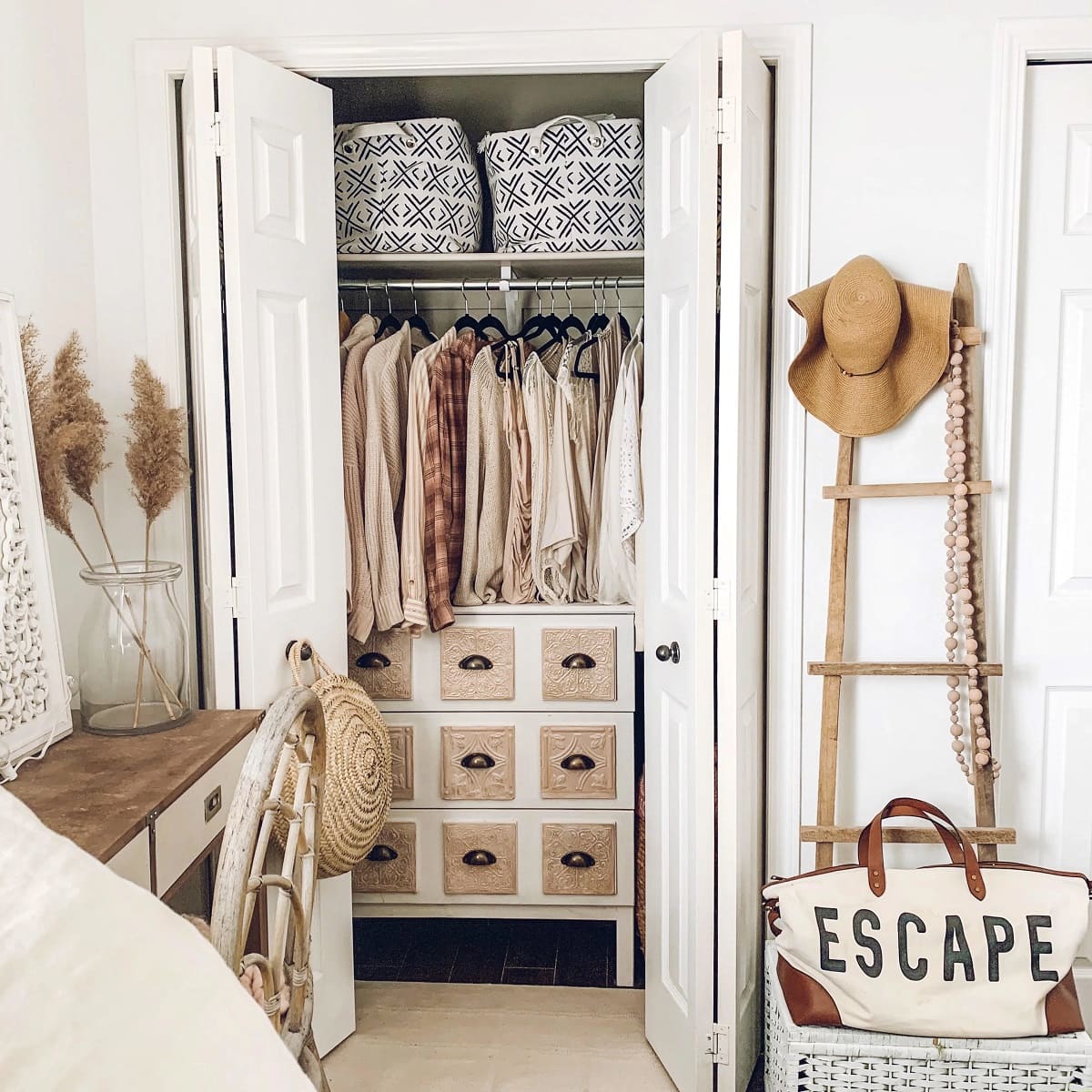
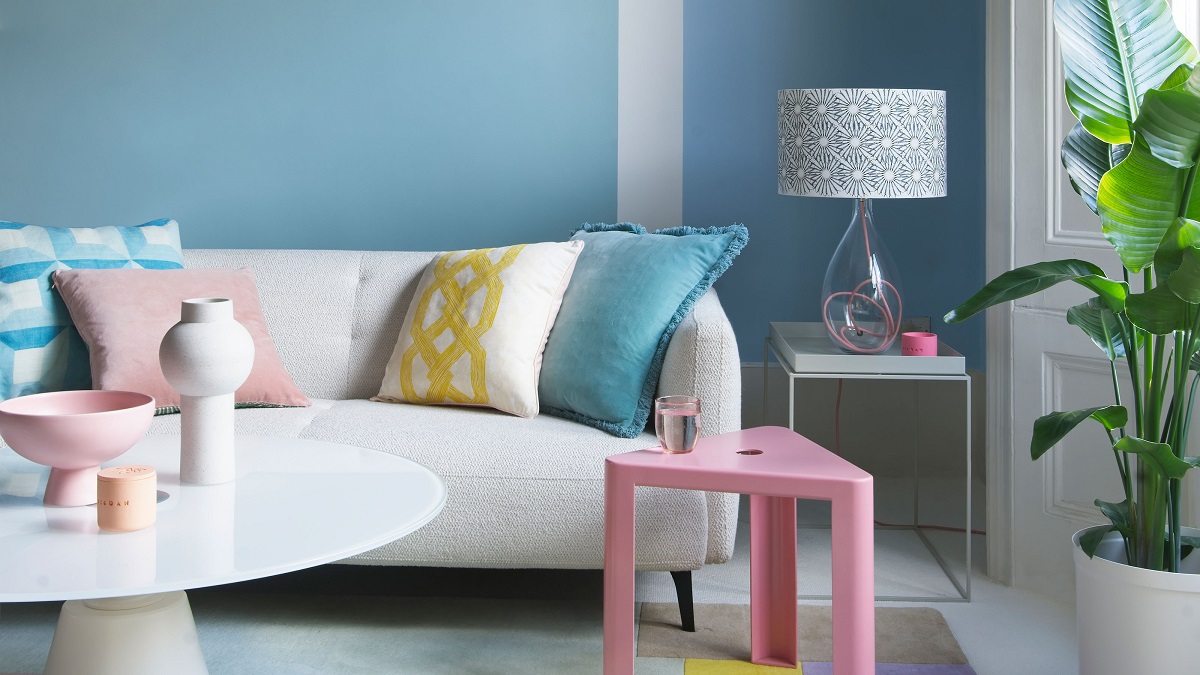
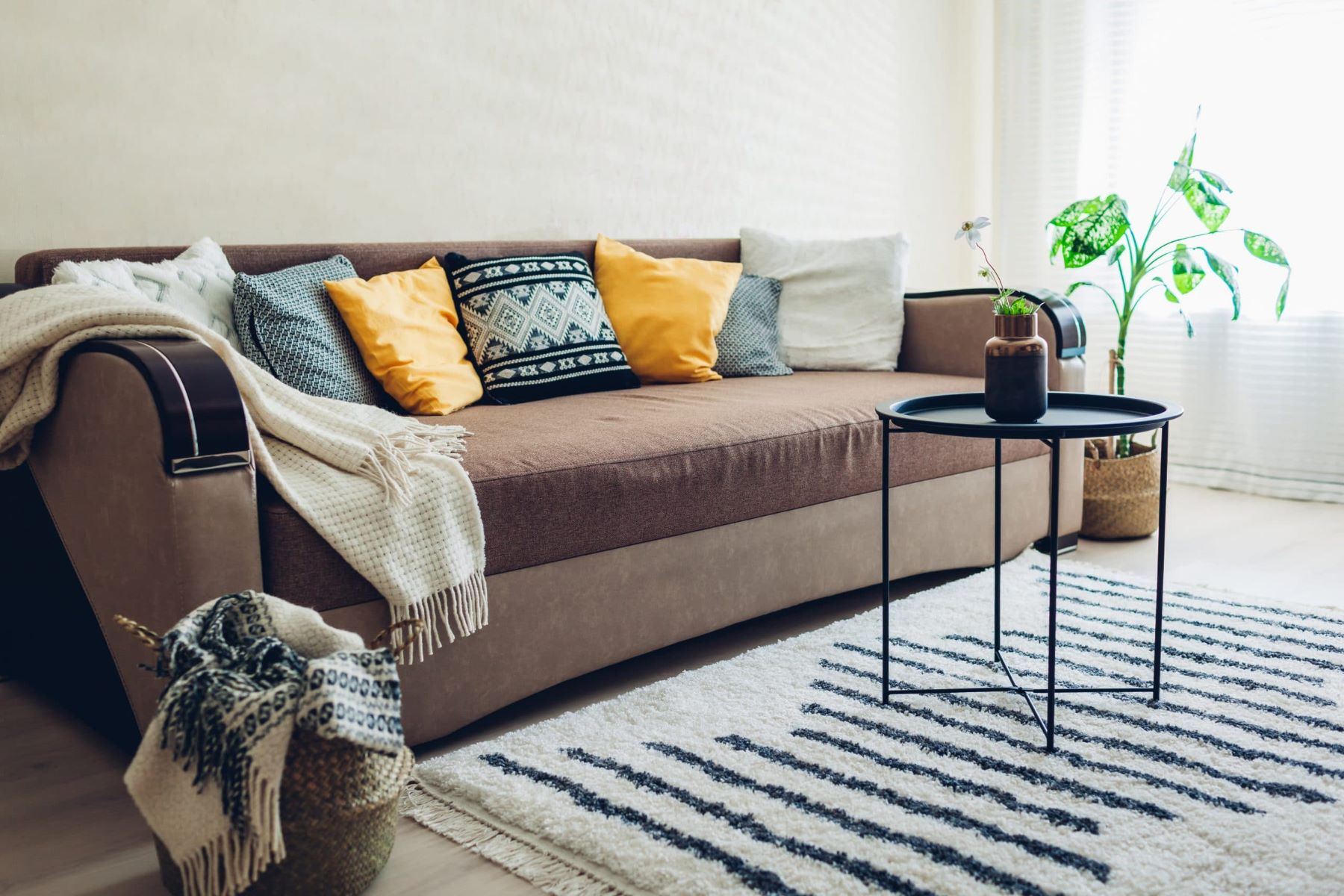
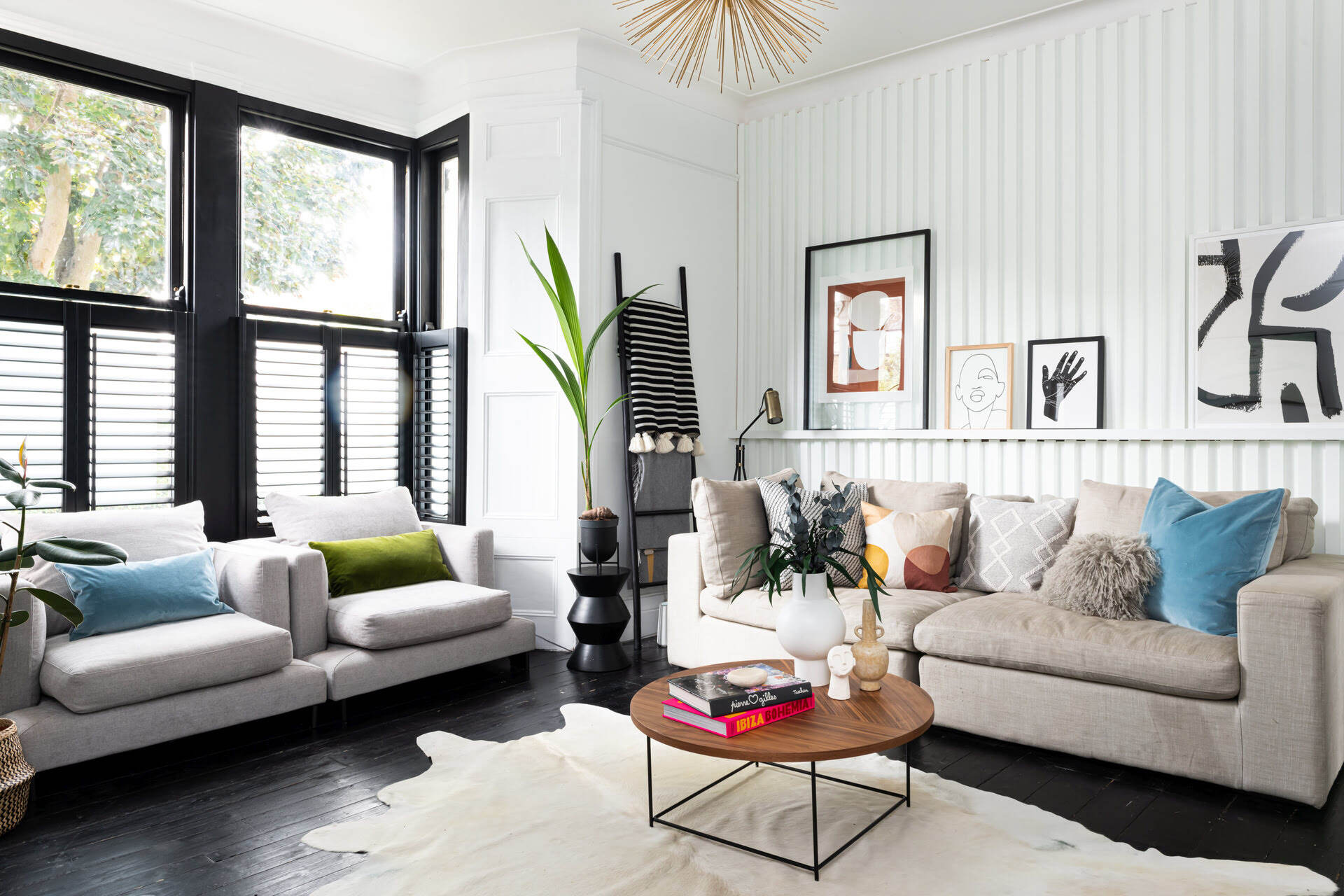
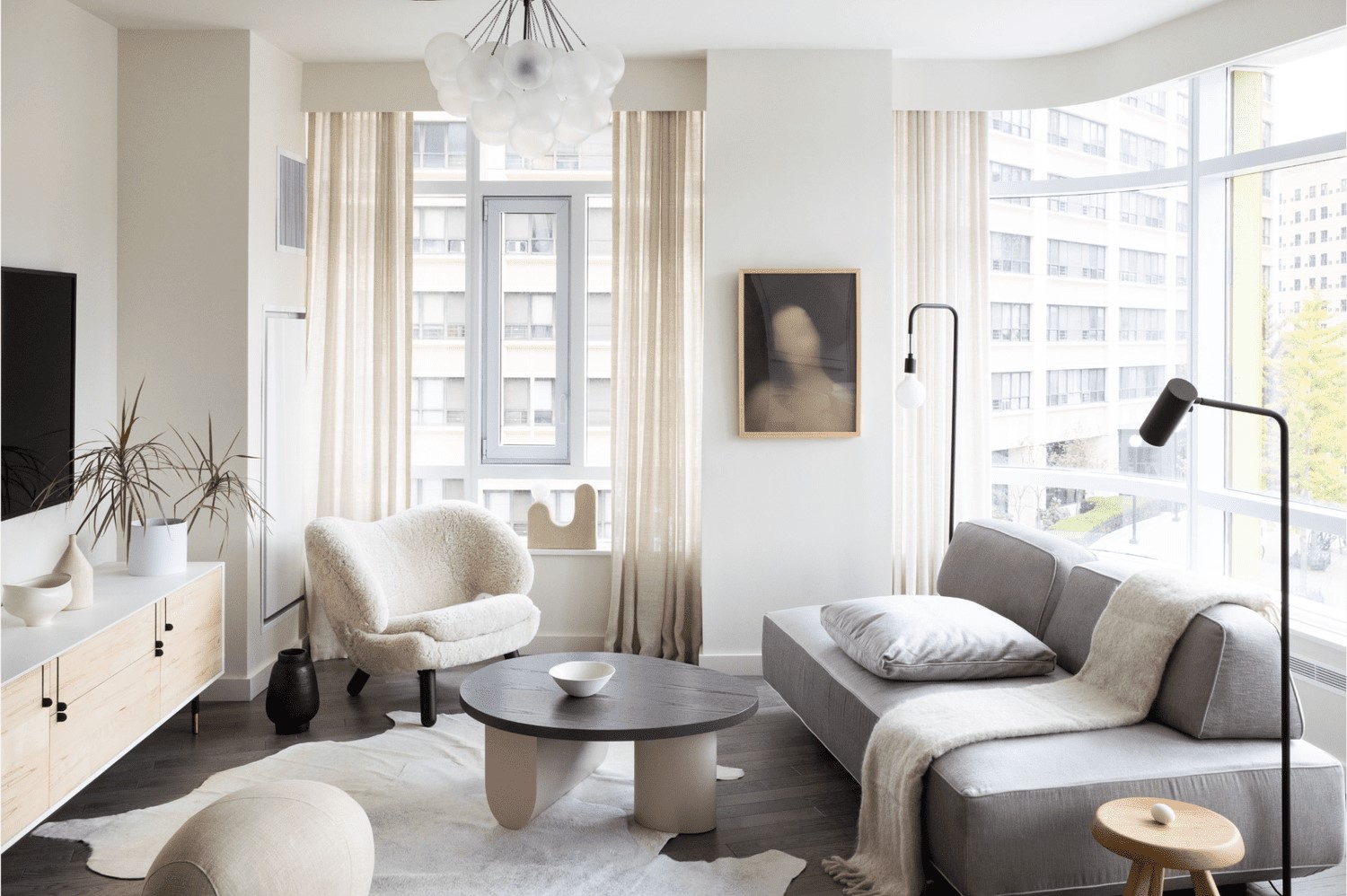
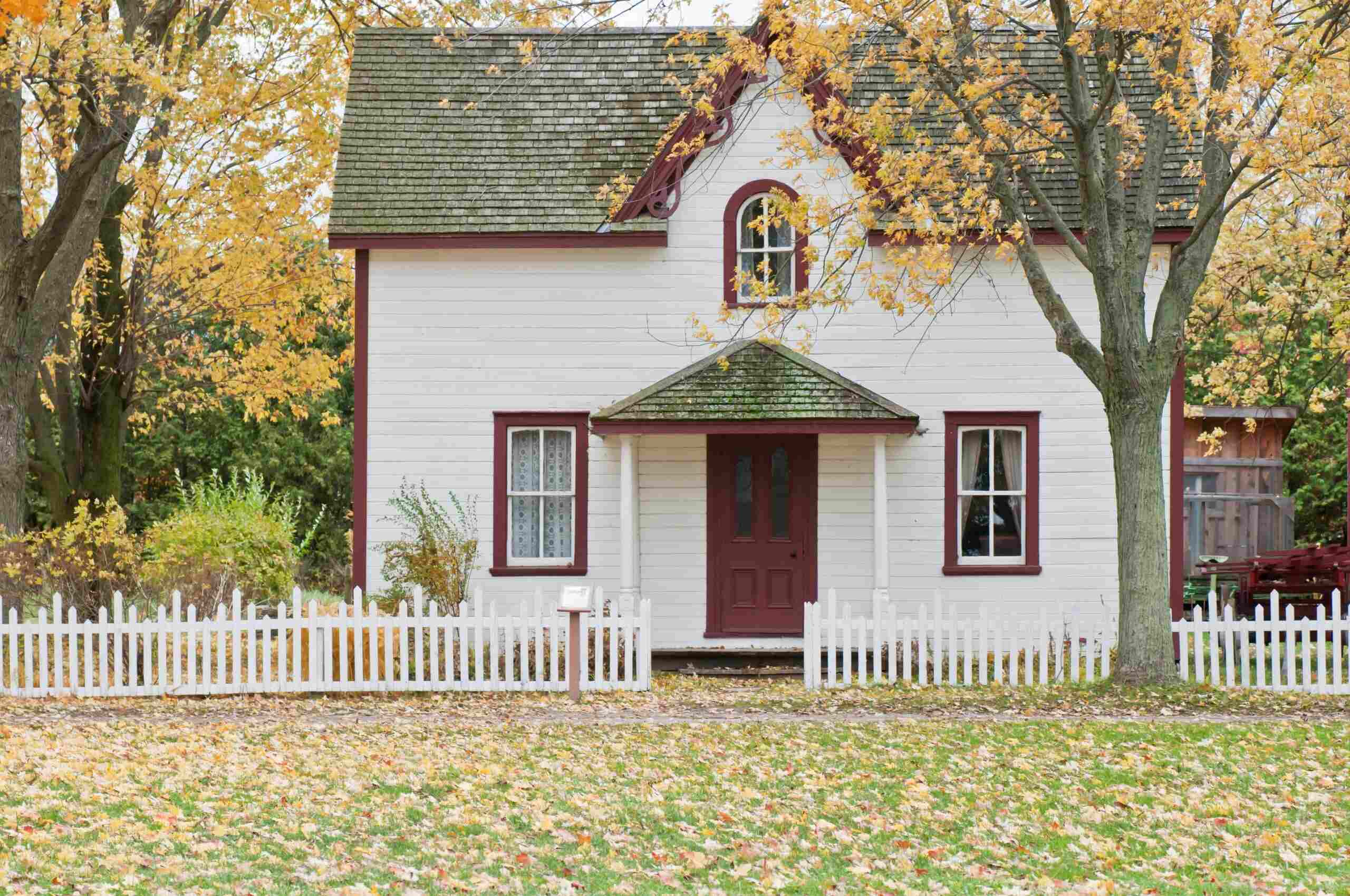
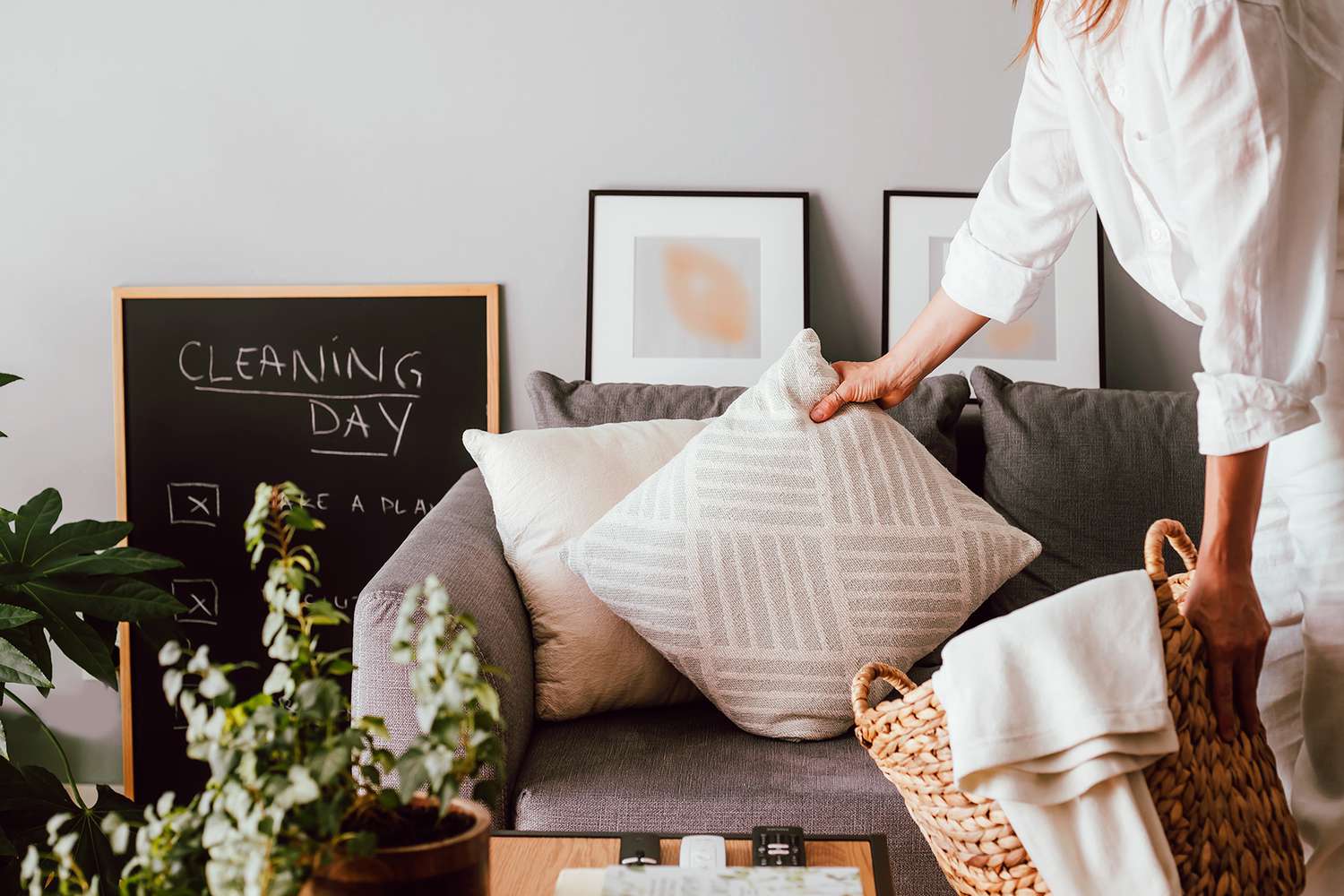
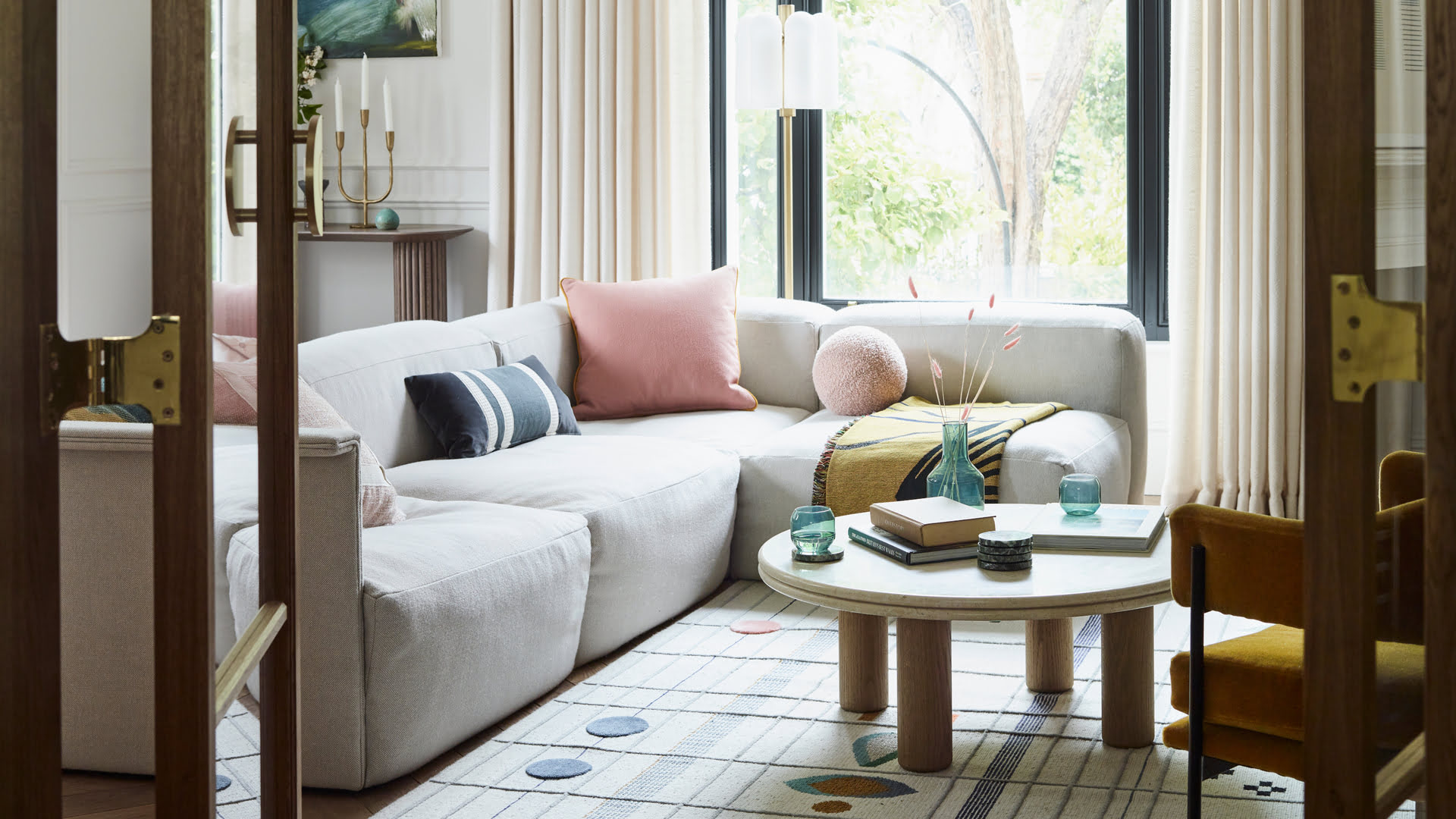
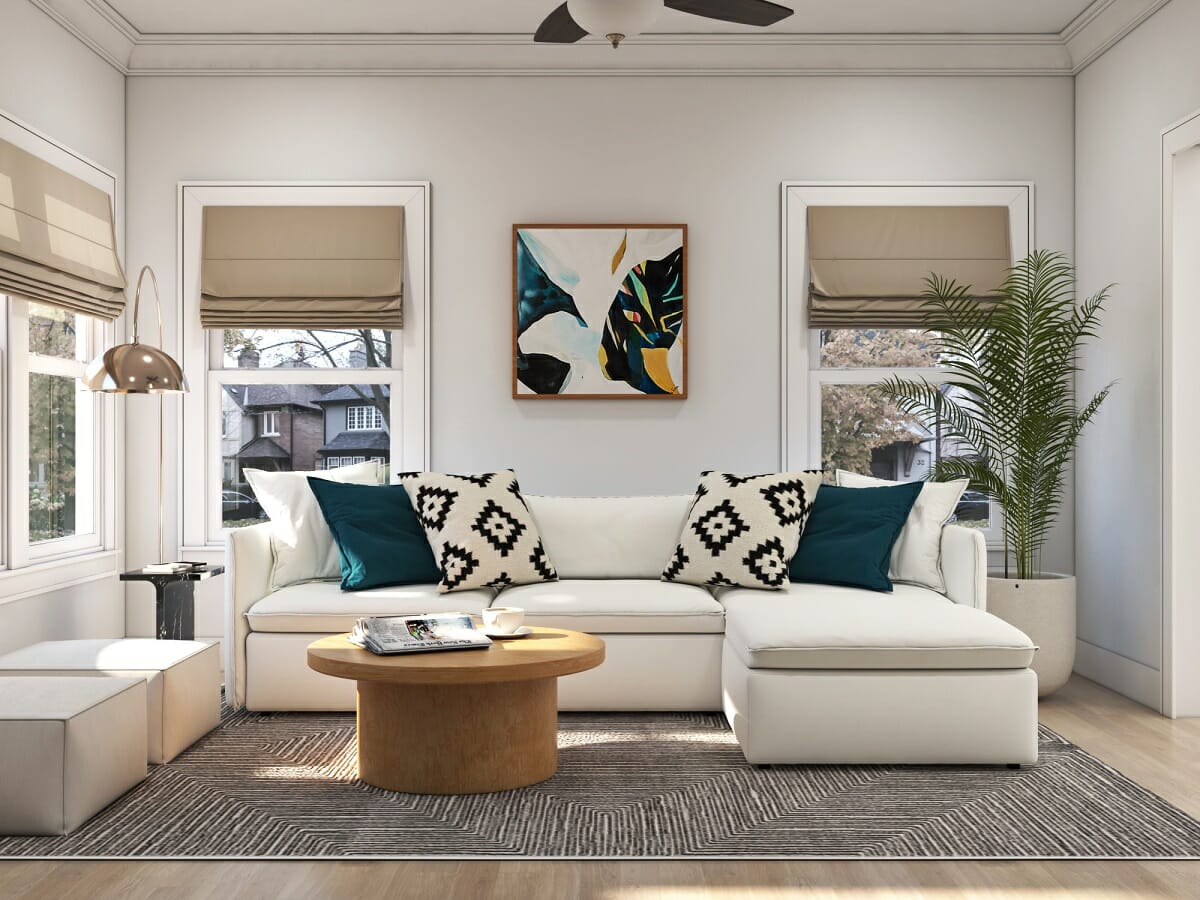
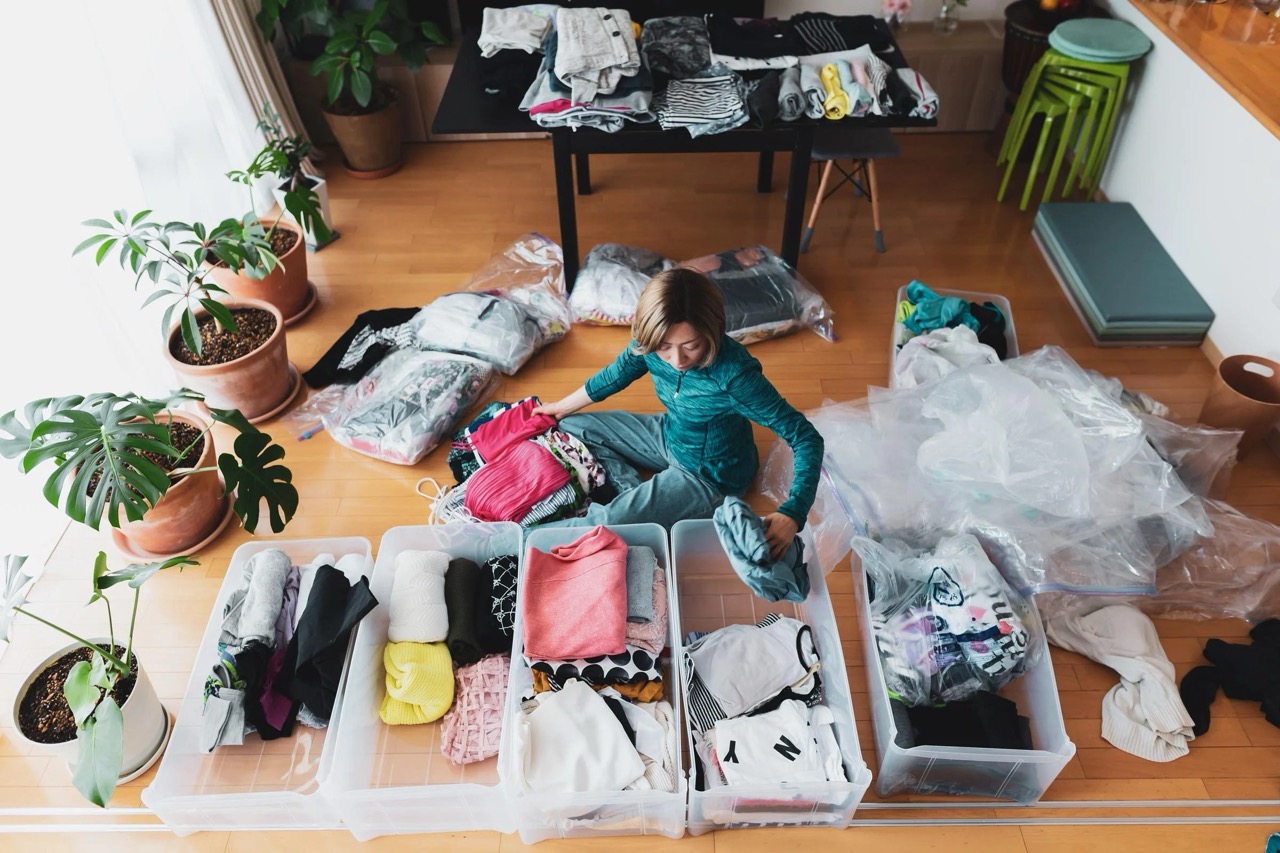
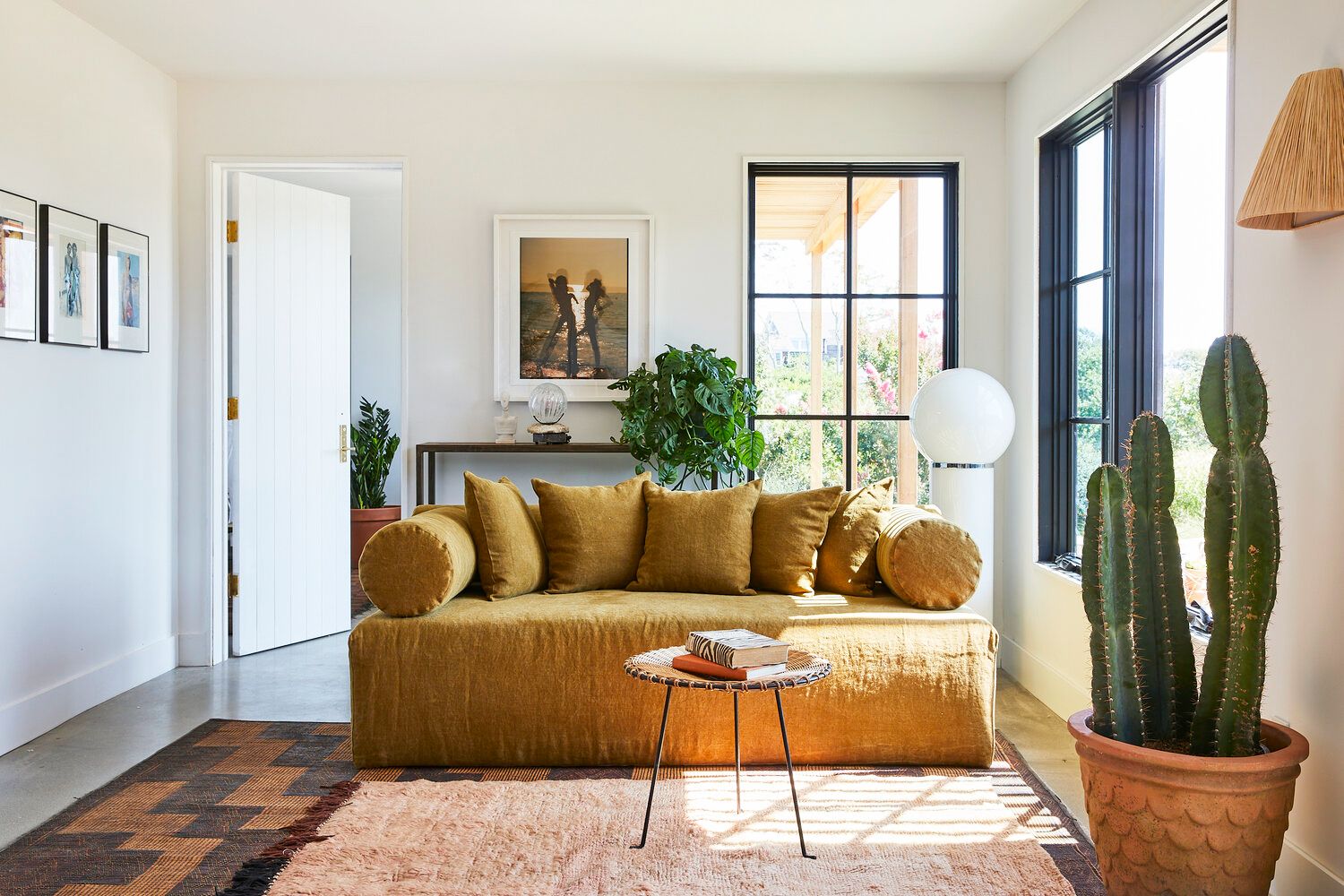
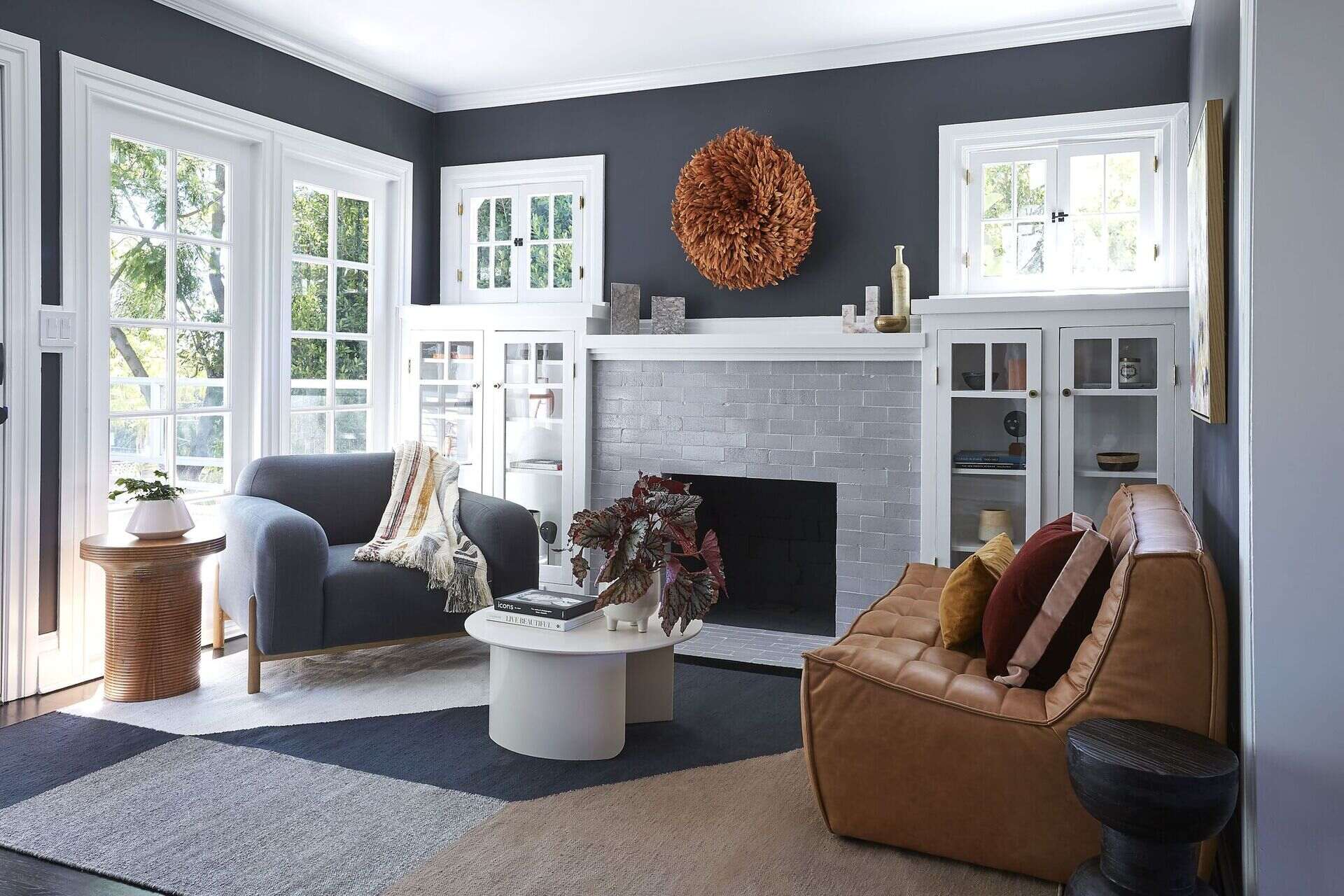
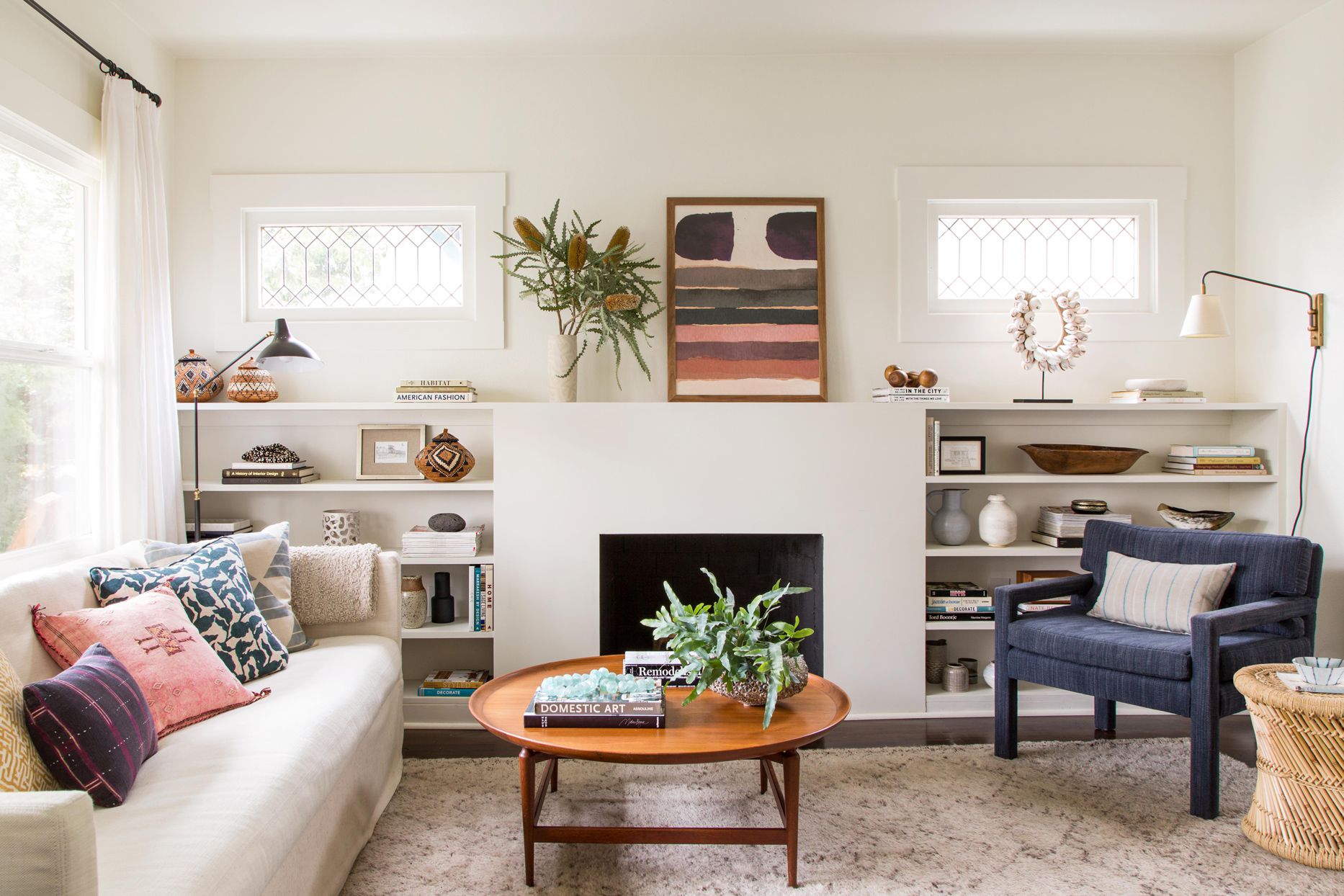

0 thoughts on “Small Living Room Decluttering Checklist: 10 Items To Throw Out”